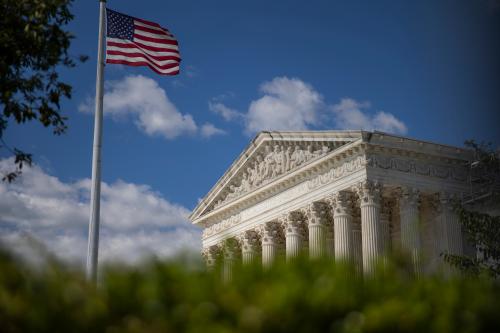Middle-class households will eventually have to see their taxes rise and some of their benefits fall as part of a long-term fiscal solution. The projected budget shortfalls in coming decades are too substantial for any large group to escape unscathed.
But increased tax revenue from high-income households alone could go a long way toward stabilizing the medium-term debt relative to the economy – a policy that could be achieved with about $2 trillion in deficit reduction over the next decade.
The administration has already proposed $1.6 trillion in tax increases on high-income households. The top two rates would return to Clinton-era levels, 36 and 39.6 percent. Tax benefits would be capped at 28 percent per dollar of itemized deductions, health insurance premiums, retirement contributions and tax exempt interest. These changes would have no effect on anyone currently in the 28 percent bracket or below, about 98 percent of households.
A plan that is not yet on the table would be to reform the alternative minimum tax. The A.M.T, originally intended to assure that the richest Americans pay taxes, applies to a broader income base than the regular tax. But it has an almost flat rate structure of 26 and 28 percent.
Two changes would be helpful. First, raise the top A.M.T. rate to 35 percent or the top rate in the personal income tax. (This would allow repeal of the phase-out of personal exemptions in the A.M.T.) Second, raise the tax rate on capital gains and dividends in the A.M.T. to 28 percent or to the rate that applies to regular income in the A.M.T. These changes would raise substantial revenue from high-income households and would turn the A.M.T. back into the shelter-reducing levy it was meant to be.


Commentary
Op-edTaxing the Wealthiest Could Go a Long Way
December 5, 2012